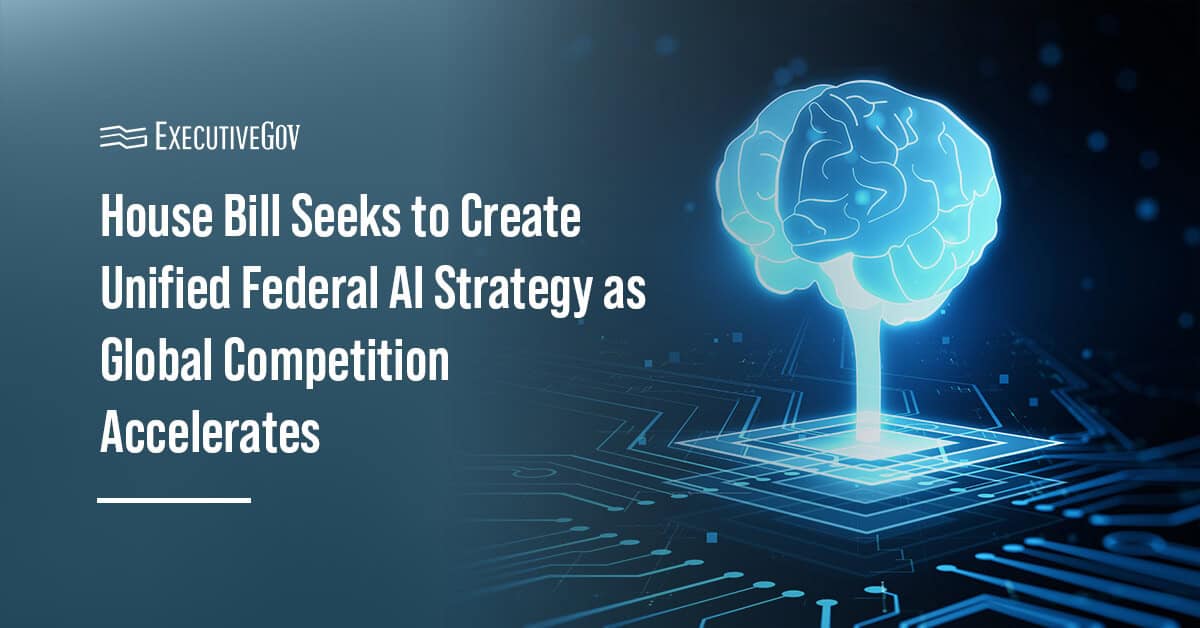The Internal Revenue Service is planning to move away from using a third-party facial recognition service in an effort to address taxpayers’ concerns regarding their privacy and security.
The agency said Monday it will continue working on other methods of verification with other government organizations that could authenticate taxpayers creating new online accounts while protecting their personal information.
To ease the transition amid filing season, the IRS will develop an additional short-term authentication option that users can select without going through facial recognition processes.
“Everyone should feel comfortable with how their personal information is secured, and we are quickly pursuing short-term options that do not involve facial recognition,” explained Chuck Rettig, IRS commissioner.





